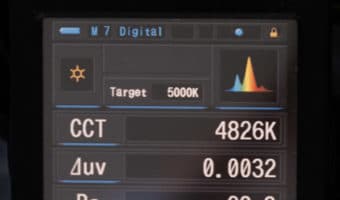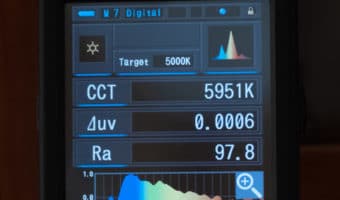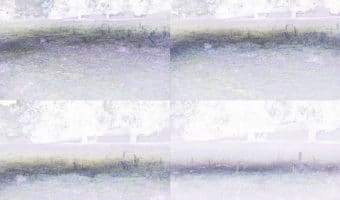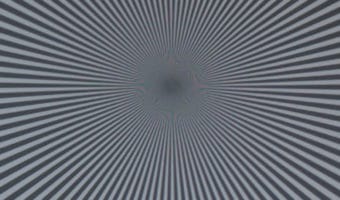The last two posts have been about my experiences using the X-Rite CC24 and CCSG targets and X-Rite’s Color Checker Camera Calibration program with both diffuse and direct solar illumination. I found anomalies between the two targets, which I thought might be related to lighting and glare. But today I discovered that, even with the… [Read More]
Profiling a GFX 100 with X-rite CC calibration, part 2
Warning! This post was created before I realized that the CC24 patches in the CCSG had different values than the CC24 patches in a real CC24 target. https://blog.kasson.com/the-last-word/cc24-vs-ccsg-spectra-and-cielab-values/ Yesterday I posted about my experiences using the X-Rite CC24 and CCSG targets and X-Rite’s Color Checker Camera Calibration program in diffuse illumination. Before that test, I… [Read More]
Profiling a GFX 100 with X-rite CC camera calibration
Warning! This post was created before I realized that the CC24 patches in the CCSG had different values than the CC24 patches in a real CC24 target. https://blog.kasson.com/the-last-word/cc24-vs-ccsg-spectra-and-cielab-values/ In addition to the 24-patch Color Checker 24 (CC24) target, X-rite makes a 140-patch target, the Color Checker SG (CCSG). Some of the patches are duplicates,… [Read More]
Field Curvature on the Fuji 45-100/4
Inspired by Hamiltonian on DPR, I applied Roger Cicala’s field curvature visualization method (Photoshop: Filter -> Stylize -> Find Edges) to the 45-100/4, at putative focal lengths of 45, 60, 80, and 100mm: Top left is 45mm, top right is 60mm, bottom left is 80mm, and bottom right is 100mm. The top… [Read More]
Fuji 45-100/4 vs 24-70/2.8 Nikkor S, Siemens star, part 3
This is part 3 of a comparison of he Fuji 45-100/4 on the GFX 100 with the 24-70/2.8 Nikkor S on the Z7 at 45mm, 63 mm, and 100mm for the Fuji lens, and 35mm, 50mm, and 70mm for the Nikkor. This post will look at the 70/100mm shots. Here’s the test scene, with the… [Read More]
- « Previous Page
- 1
- …
- 104
- 105
- 106
- 107
- 108
- …
- 577
- Next Page »




